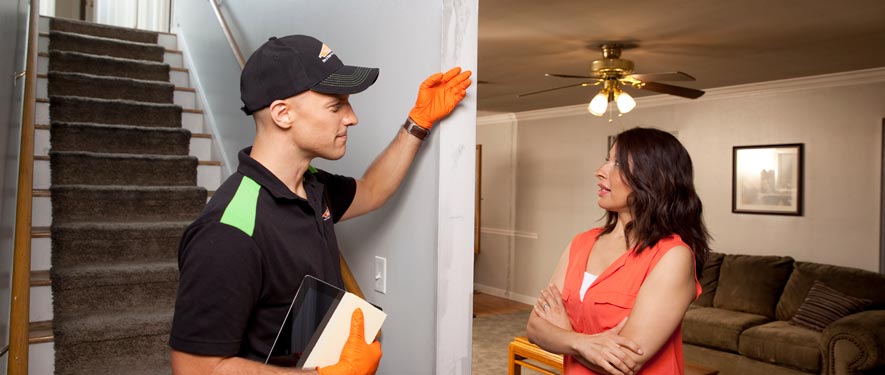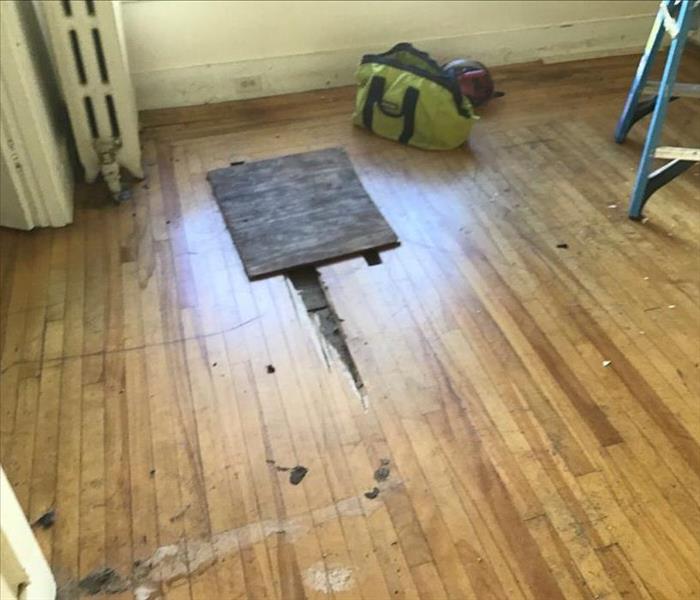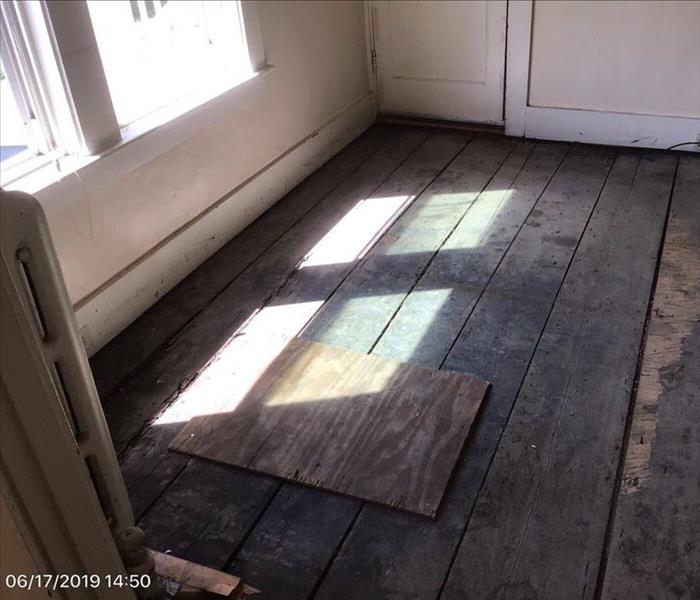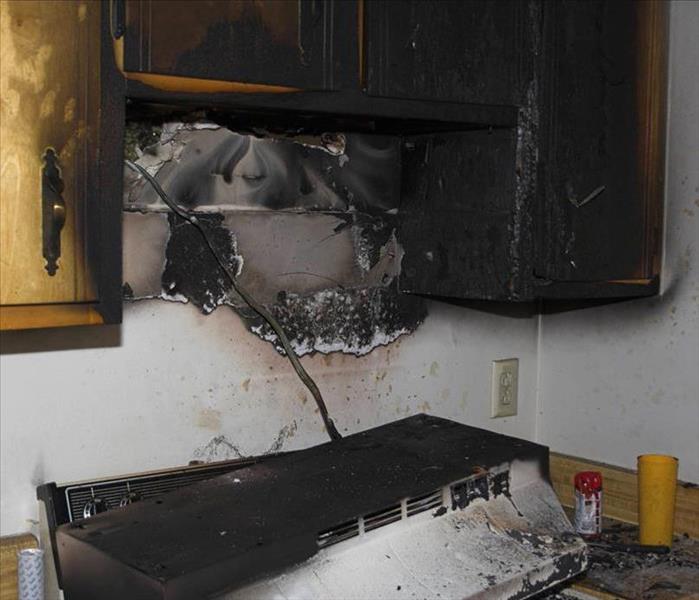
Fire Damage Restoration Process
Mitigation Services—The goal of mitigation is to secure the structure and prevent further damage. Mitigation could include boarding up openings to secure the structure, winterizing the plumbing to prevent frozen pipes, and establishing a temporary source of electricity to the structure. Structures that are wet due to fire-fighting procedures will need emergency drying to prevent secondary water damage.
Structural Cleaning Services—Cleaning of a fire-damaged structure focuses on removing smoke residues from a building’s structural components and deodorizing odors given off by residues. The restorer and adjuster consult and advise the property owner on which structural components can be cleaned and which cannot be cleaned. Repair or replacement is needed for components that do not respond to cleaning.
Contents Cleaning Services—Personal property within a residence, office, or other building must be cleaned of smoke residues. In some fire situations, the contents can be cleaned on the jobsite. Other situations require contents to be packed and moved to a separate location for cleaning and storage. Pack-outs could occur because a building is not secure or is too damaged for on-site cleaning.
Specialty Restoration Services—Restorers of contents often subcontract specialty cleaning of certain contents: electronics cleaning, dry cleaning of clothing, furniture refinishing, and cleaning of expensive artwork.
Have Questions About Fire, Smoke, or Soot Damage? Call Today – (603) 669-7733
Every fire damage event is a little different, and requires a unique solution, but the general process stays the same. The steps listed below illustrate our process for the “typical” fire damage emergency.
Step 1: Emergency Contact
The restoration process begins when you call us. Our representative will ask questions regarding the fire damage event that will help us respond immediately with the appropriate equipment and resources.
Step 2: Inspection and Fire Damage Assessment
We carefully inspect and test adjoining rooms of your property to determine the extent of the fire, smoke, and soot damage. This step is crucial to developing a plan of action.
Step 3: Immediate Board-Up and Roof-Tarp Service
Fire damage can often compromise windows, walls, and roofs. To maintain security and to protect against further damage, we can board up missing windows and walls and place tarps on damaged roofs.
Step 4: Water Removal and Drying (if water damage is present)
The water removal process begins almost immediately and removes the majority of the water. We then use dehumidifiers and air movers to remove the remaining water and complete the drying process.
Step 5: Removal of Smoke and Soot from All Surfaces
We use specialized equipment and techniques to remove smoke and soot from ceilings, walls, and other surfaces.
Step 6: Cleaning and Sanitizing
We clean, sanitize, and disinfect all of the restorable items and structures that were damaged by the fire. We use a variety of cleaning techniques to restore your belongings to pre-fire condition. We’re also trained to remove odors using industrial air scrubbers and fogging equipment.
Step 7: Restoration
Restoration is the final step—getting your home or business to its pre-fire condition. Restoration may involve minor repairs, such as replacing drywall, painting, and installing new carpet; or it may entail major repairs such as the reconstruction of various areas or rooms in a home or business.




 24/7 Emergency Service
24/7 Emergency Service





